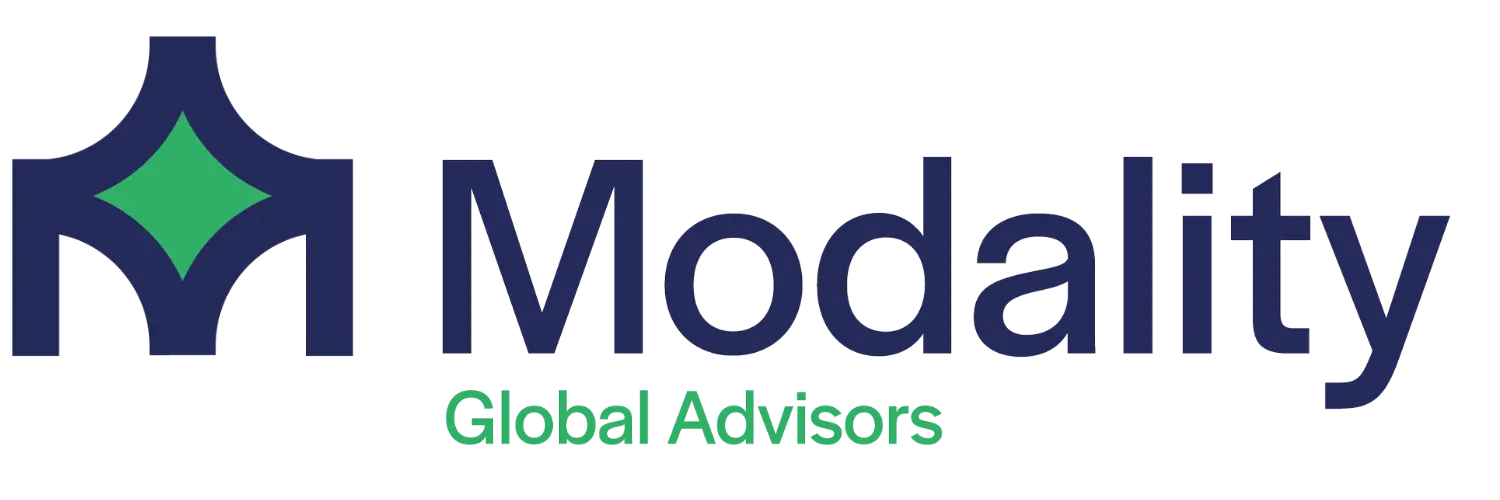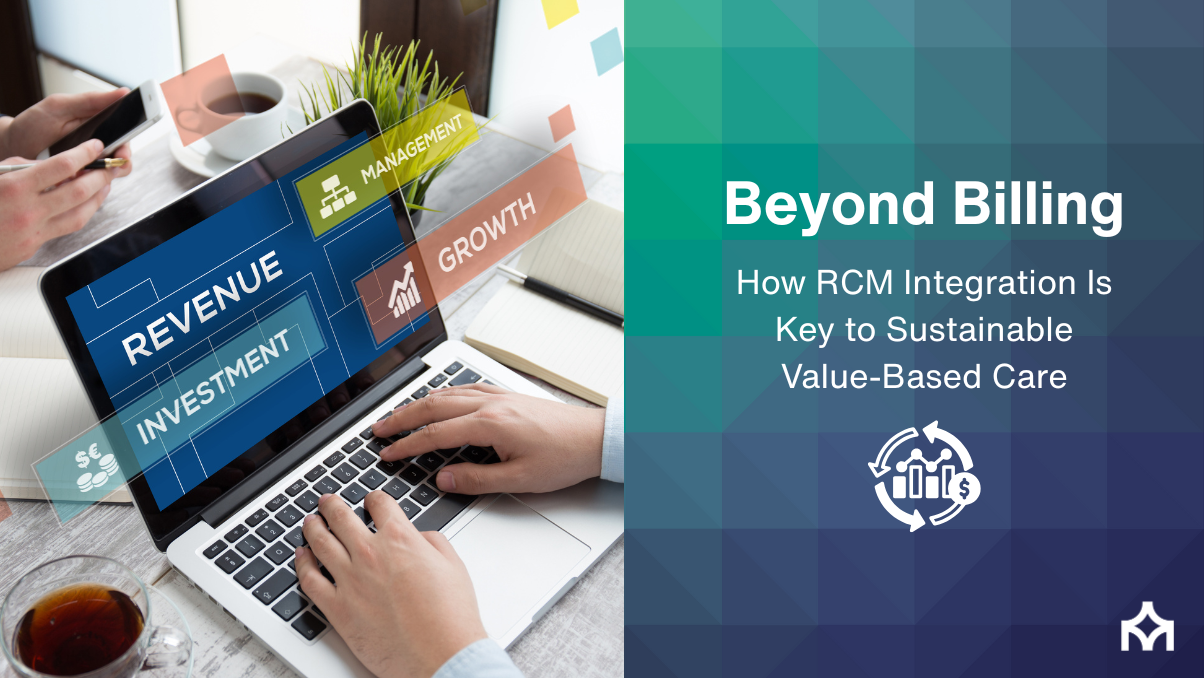Tech to the Rescue: How Digital Transformation Can Curb Healthcare Cost Inflation in the GCC
GCC Healthcare’s Cost Squeeze: How Digital Transformation Controls Spend and Lifts Care
The healthcare industry in the GCC faces a triple threat: rising demand, higher operating expenses, and inflation above the global average. The Middle East is projected to see one of the world’s largest medical cost increases in 2025—about 12%. Mental health costs may climb 33%+ over three years, and pharmacy spend could rise 25%+ (GlobalData Healthcare, 2024–2027).
Demographics, chronic disease, expanded insurance coverage, and advanced technologies are all driving costs. Traditional cuts are no longer enough. Digital transformation is emerging as the most powerful lever for GCC health systems to contain costs, improve efficiency, and elevate care quality.
The Cost Challenge in the GCC
Rapid urbanisation and population growth increase utilisation, while workforce gaps and supply chain fragility add pressure (WHO EMRO). Freezing hiring or cutting service lines risks degrading quality and patient satisfaction. Instead, providers are turning to technology-driven strategies that reduce waste and strengthen clinical and financial outcomes (Deloitte, 2024).
Key Ways Digital Transformation Controls Healthcare Costs
- Streamlined Revenue Cycle Management (RCM): Automation for claims, eligibility, and verification reduces denials and speeds reimbursement. Predictive analytics flags risks pre-submission—cutting rework and lowering admin cost. Digital RCM can reduce denial rates by up to 50% (HFMA).
- AI-Enabled Decision Support & Pathways: Evidence-based guidance minimises unnecessary tests, redundancies, and medication errors—delivering savings without compromising outcomes (McKinsey).
- Telemedicine & Remote Monitoring: Virtual consults lower facility overhead and ease staffing pressure; remote monitoring prevents avoidable acute episodes. Some systems report up to 16% reductions in readmissions over five years (AJMC).
- Digital Procurement & Supply Chain: Centralised purchasing, transparent pricing, and real-time inventory deliver significant savings. Abu Dhabi’s Unified Procurement shows medicine cost reductions while maintaining quality.
- Optimised Workforce & Facility Utilisation: Predictive analytics balances workloads and reduces overtime. AI scheduling has cut OR idle time by 20–25% in some hospitals—boosting throughput and lowering cost.
The Real-World Impact
- The GCC digital health market is projected to exceed $2.5B by 2025, reflecting rapid adoption of AI, telehealth, and data platforms (Frost & Sullivan).
- Healthcare spending in the GCC may reach $135.5B by 2027, with digital tools driving a large share of efficiency gains (Alpen Capital, 2024).
- In select GCC programmes, digital services have reduced in-person visits by 90%+ while expanding access across remote and underserved communities.
The Future Is Digital
Digital transformation has moved from optional modernisation to strategic necessity. Predictive analytics, automation, AI, and interoperable records can be embedded across the care continuum to expand access, safeguard quality, and temper cost inflation.
GCC leaders who act now won’t just survive inflationary pressure— they’ll build patient-centred, value-driven, and financially resilient systems for decades.
Planning your digital cost-control roadmap? Modality Global Advisors can help. Email hello@modalityglobal.com.






